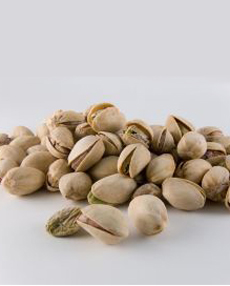|

Photo courtesy Midtown Wines & Spirits |
Nashville.
|
|
Scotch lovers: Here’s a beer for you!
The Boston Brewing Company (maker of Samuel Adams beers) has been prolific lately, expanding the line to some 40 different beers of widely varying styles.
While each beer is special in its own way, the variety we find most special is Samuel Adams Wee Heavy, a Scotch ale-style beer. It’s part of the company’s Imperial Collection: beers with big robust taste and complex flavors. The collection also includes Double Bock, Imperial Stout and Imperial White–this is our kind of beer.
Scotch ales, nicknamed Wee Heavy, are strong ales. Samuel Adams’ Wee Heavy is inspired by both traditional Scotch ales and Scotch whiskies.
Take a sip and you’ll find notes of Scotch, thanks to the highly roasted, peat-smoked malt. Exclusive to Scotland, it’s the signature ingredient of Scotch whiskey. Other Scotch ales don’t use smoked malt in beer, so Wee Heavy has a unique aroma and flavor. Smoked malt is also used in Samuel Adams Scotch Ale.
|
|
This complex, full-bodied beer offers deep roasted flavor, earthy smokiness and intense malt flavors.
The company says that the flavors will develop with age, but we haven’t been able to store any bottles: They get consumed in short order.
Check out the different types of beers in our Beer Glossary.
|






